BAAMFEST 2017!
We had another fabulous time at Rainier BAAMFEST in July! This years’ theme was “Come Together.” In order to synchronize with this theme and involve food, we worked with local artist, Isobel Davis, to help bring our vision to life! Her idea was to create a life-size edible labyrinth which participants could walk, contemplate, and harvest its small but fruitful bounty. We also chose to incorporate mandalas, using multicolored dried legumes and grains. Below is a brief history and description of these symbols, and how we chose to incorporate them! Big thanks to all who walked the labyrinth and created a mini-mandala!
COME TOGETHER: LABYRINTH + MANDALA
The labyrinth traces its roots to the ancient Græco-Egyptian world. While we often use the terms “labyrinth” and “maze” interchangeably in modern English, the two are not the same. A maze has many branches, dead-ends, and is really a puzzle with multiple possibilities of the path, a labyrinth is a one-way path with no navigational challenges. It is meant to be traversed slowly, as a contemplative exercise in mindfulness. Walking a labyrinth is meant to tune the walker’s consciousness into the twists and turns of life, which, while sometimes seemingly take us backward, nevertheless bring us ever closer to the center. Spectacular examples of labyrinths may be found inlaid in the floors of some of the great Christian cathedrals of Europe (notably Chartres in France). They have also enjoyed a renaissance in recent decades both in Europe and here in the US as a contemplative tool.
The mandala is an equally ancient contemplative tool from another culture on another continent. Used by Hindus and Buddhists for thousands of years, the intricate circular designs are symbols of the universe itself and/or the soul. In the Tibetan branch of Vajrayana Buddhism, mandalas have been developed into sandpainting, where monks use richly colored sand to create complex patterns representing in visual form various spiritual teachings, which are then blown away as soon as they are completed to remind the artists of the impermanence of existence. The great 20th-century Swiss psychologist C. G. Jung used mandalas in his psychotherapeutic practice to help patients uncover hidden elements of their unconscious to bring them into conscious awareness as part of the healing process.
At Rainier Valley Food Bank, people come together from all over the world right here in our neighborhood every day to nourish themselves and each other. Our labyrinth was constructed from organic compost, seeded with edible plants. Our mandalas were formed with colorful edible grains and legumes. We invited the community to contemplate the rich diversity of their own experience in life and especially in our awesome neighborhood – as well as the experience of others who are different from them– as they walked our labyrinth. We also invited them to play with our mini plate mandalas – either to fill in a design already made, or create their own, after which they placed them around the labyrinth as a symbol of the many ways we all come together around food, and the powerful bonds of community we experience here in beautiful Rainier Beach and throughout the south end of Seattle.




